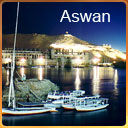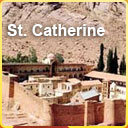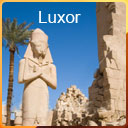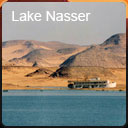Change Language: Web Site español
Oasis
 A fertile area located in a desert area. An oasis is the product of fresh water being available from underground reservoirs.
A fertile area located in a desert area. An oasis is the product of fresh water being available from underground reservoirs.
In some oases the ground water is close enough to the surface to allow plant roots to reach it. In other oases, the ground water reach the surface and forms springs or pools.
Some oasis are only partially oasis, in the sense that they have underground supplies of water together with water coming from rivers or lakes, like in Fayoum Oasis, Egypt. Modern times have introduced pumps in many oases, either to expand agriculture into infertile land or as a measure to keep up supplies where falling ground water has stopped the natural supply of water.
Many oases are very fertile, due to constant supplies of water and hot climate with much sun. The actual agriculture in oases call for a great deal of human engineering, especially with irrigation and the removal of salines.
 Agriculture in oases is dominated by date palms, but there is a great variety of other crops, including citrus fruits, figs, peaches, apricots, vegetables and cereals like wheat, barley and millet.
Agriculture in oases is dominated by date palms, but there is a great variety of other crops, including citrus fruits, figs, peaches, apricots, vegetables and cereals like wheat, barley and millet.
The population of the oases vary much, from a few hundred, like in Qara Oasis, Egypt to several million, like in Damascus, Syria.
Up until modern times, the oases of large deserts were stopping points for caravans. Then the oases was in constant contact with other urban settlements. With the decline of the caravan traffic through the 20th century, many oasis communities gradually lost contact with the outside world. Contact was not reestablished until roads were constructed. In Egypt, some oases were not connected with roads until the 1980s.







